blog
Interview with photographer Steve Howse
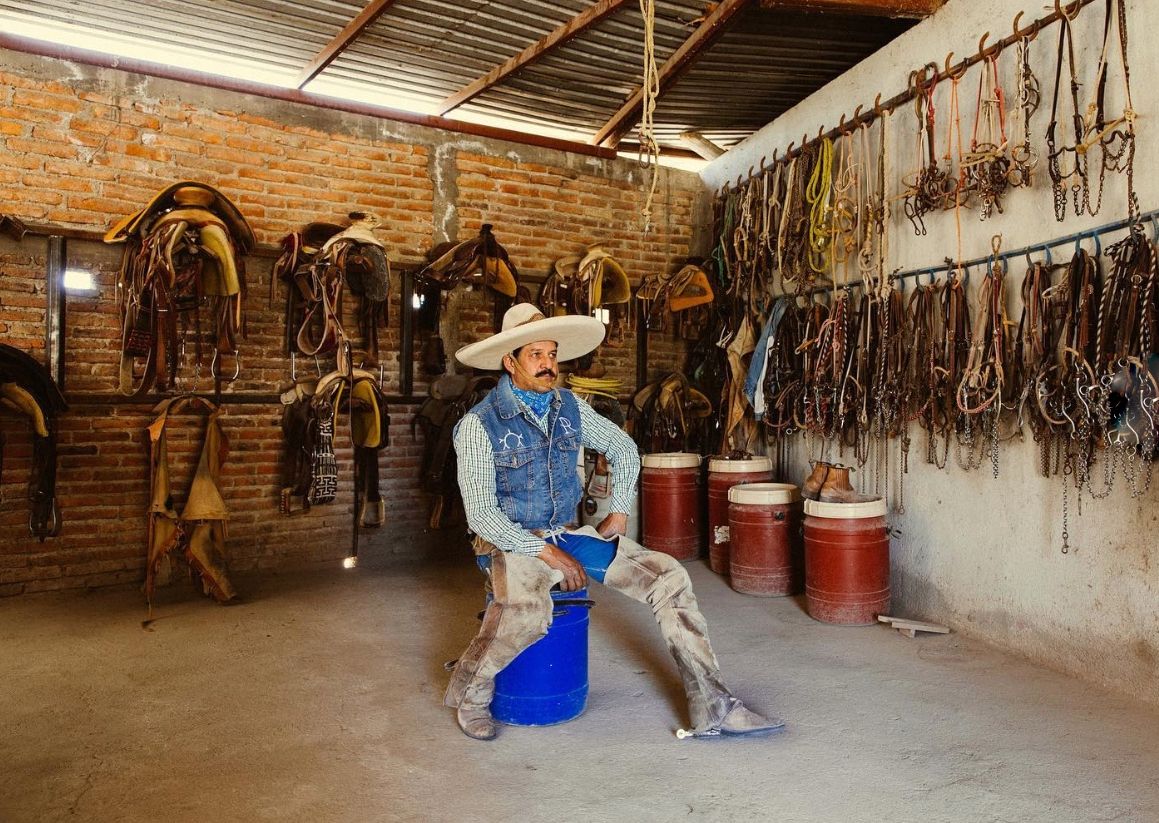
Alejandro Pedrero, Rancho la Laguna, Jalisco (2023)
Steve Howse’s series “Charro” is a documentary photo project over ten years in the making. Howse places photographs alongside interviews to tell the story of the Mexican Charro and their place in contemporary Mexican society. The Charro, typically an elaborately dressed horseman or cowboy, has been widely written about and many photo projects have been made about the subject as well. “However,” Howse says, “their origins and culture, past and present are lesser known even among Mexicans. Since Spanish colonization in the 16th century, the Charro has played an integral role in the development of modern Mexico. As Mexican society becomes increasingly homogenous and more people seek connections to their heritage, the audience for the sport is growing.”
The closeness and camaraderie amongst a group of people whose culture is closely tied to their sport was one aspect which drew me to Howse’s work. Issue #120 (F-Stop’s 20th Year Anniversary Issue) focuses on the theme of community, and we got a chance to discuss this as well as his background and creative practice in this interview.
Cary Benbow (CB): What was your start into photography? Why do you photograph?
Steve Howse (SH): My dad had 35mm cameras and I always enjoyed making photographs as a kid. I worked on a yacht in my 20s and the owner gave me one of her old cameras – a Canon 1000F and fell in love with it. When I moved back to the UK I shadowed a photographer friend of mine, then begged anyone I knew to give me photography jobs!
I am inherently quite an inquisitive person. The camera gives me an excuse to introduce myself to people and ask them questions about their lives.
CB: What inspires your art? What kind of stories do you wish to tell?
SH: I want to tell stories about humanity, stories about people. I am interested in where humans meet nature, the human impact on nature, and vice-versa.
CB: Let’s talk about the idea behind your images submitted to this issue… What does your project say about a sense of ‘Community’?
SH: I was drawn in initially by the spectacular action and excitement of the Charreada competition, having been invited in 2013 to photograph the National Championships. It was fascinating to be introduced to the rigor of the sport, learning that teams go through year long qualifiers to attend the championships. I quickly discovered the community to be a rich and diverse one. The sense of tradition, what is passed down through generations, and preserving their heritage is so important to them. The exterior image of the Charro is embedded in machismo; hard, tough and unrelenting. The sense of community spirit shows the softer, humble and welcoming nature of these people, and that is what I wanted to capture.
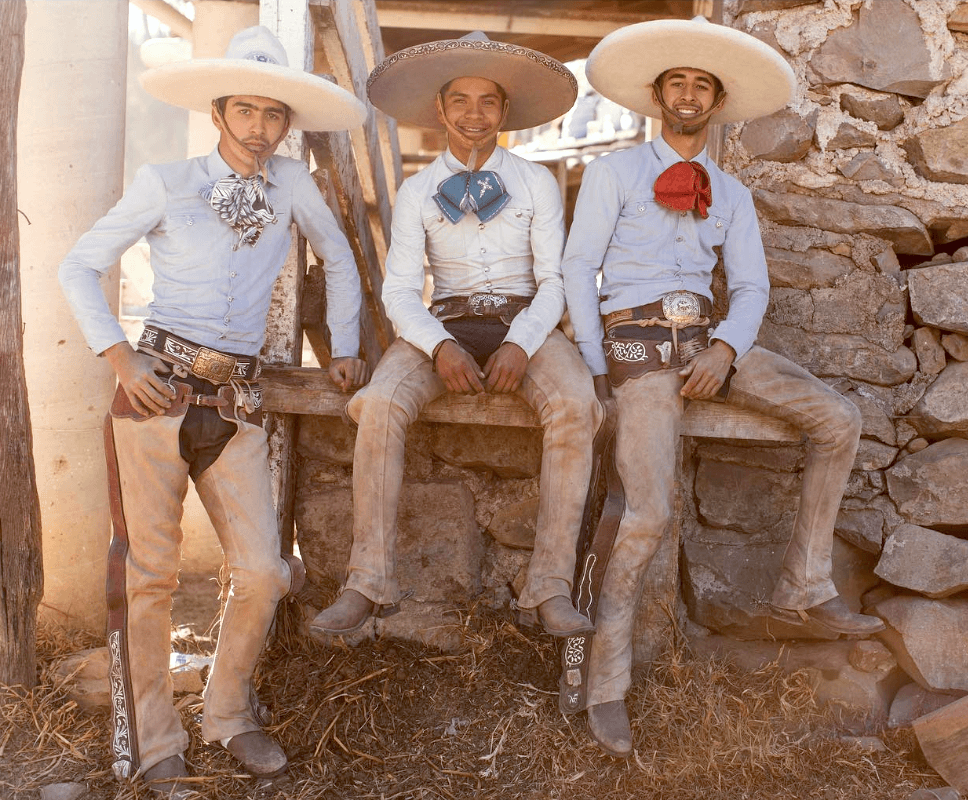
Tapalpa, Jalisco. From ‘Charro’ © Steve Howse
CB: Is this an aspect of the story about Charrería or the Mexican Charro that excites you, or what do you intend for your audience?
SH: I’m fascinated by their history. Everyone knows the image of the western style Cowboy, and the Charros are in many ways the original cowboy. When Spain colonized Mexico in the 16th Century, raising horses and cattle was essential and for this they needed vaqueros. The charreada started when vaqueros from neighboring ranches started friendly competitions between themselves.
My intent for the project is for the communities depicted in the images to see themselves as I do. All of the imagery that I have seen of the Charro are influenced by and enhance the machismo archetype they are so often associated with. I wanted to present a different image: one that is more aligned with my experience in their community.
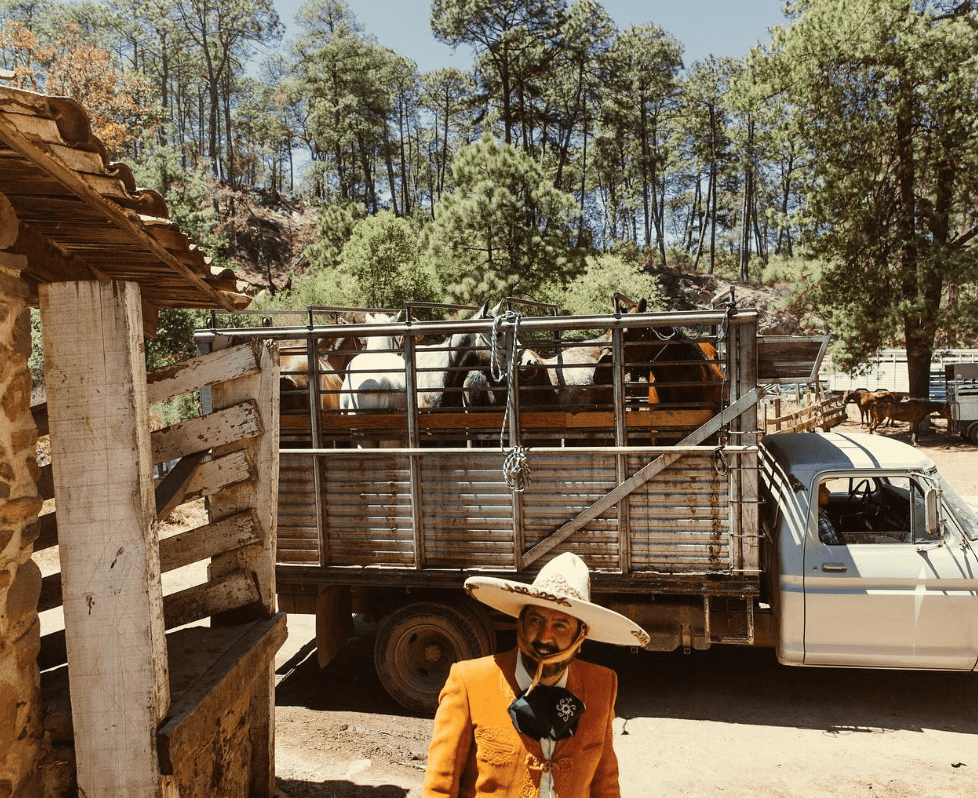
Tapalpa, Jalisco. From ‘Charro’ © Steve Howse
CB: Does this project relate to your other work or projects, or how is it significantly different?
SH: My other long term project is on the fishermen of Dungeness on the South Coast of England. Both are communities which people think they know, but whose reality is very different from what is expected. Both have warmly welcomed me and shown that they are far different from the usual ways in which they are portrayed.
CB: I’ve asked many people who shoot documentary style projects about intent, or a sense of obligation. What do you feel are the ‘obligations’ of a documentary photographer… or what obligation do you have to the people in your photos?
SH: The only obligation I feel is to capture the true essence of the people I am photographing.
I am not a hard-core documentary photographer in the truest sense; I’m not there to capture all the grit of a culture, but to capture the essence of a people. I think you have a choice when you photograph people, especially, because you can capture so many sides of people in a matter of seconds. I choose to show the inner-light versus the inner-darkness. The obligation I feel is to show the light in people, to show the good in them.
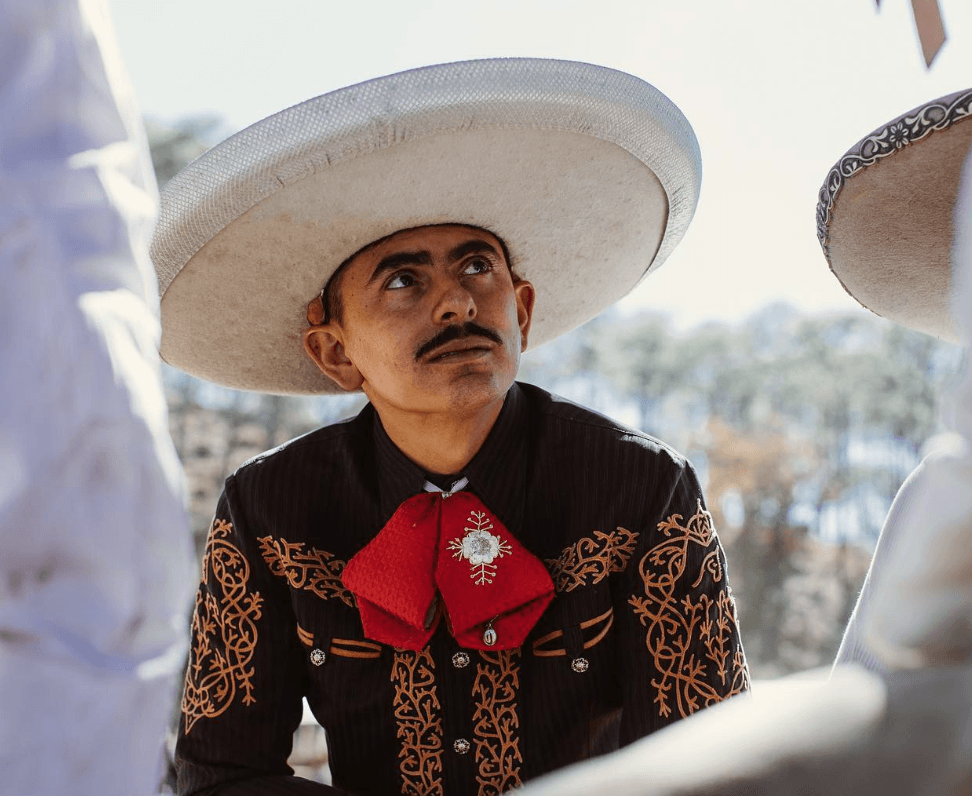
Tapalpa, Jalisco. From ‘Charro’ © Steve Howse
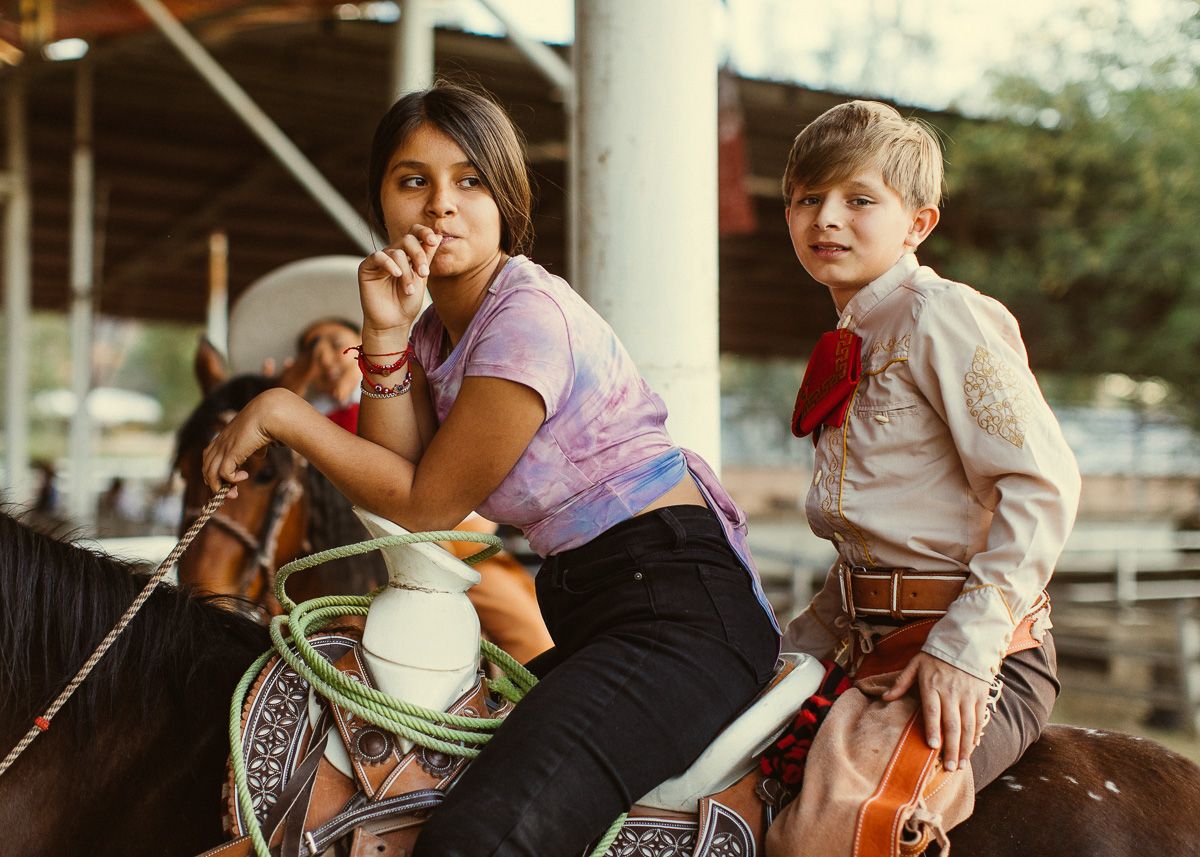
From ‘Charro’ © Steve Howse
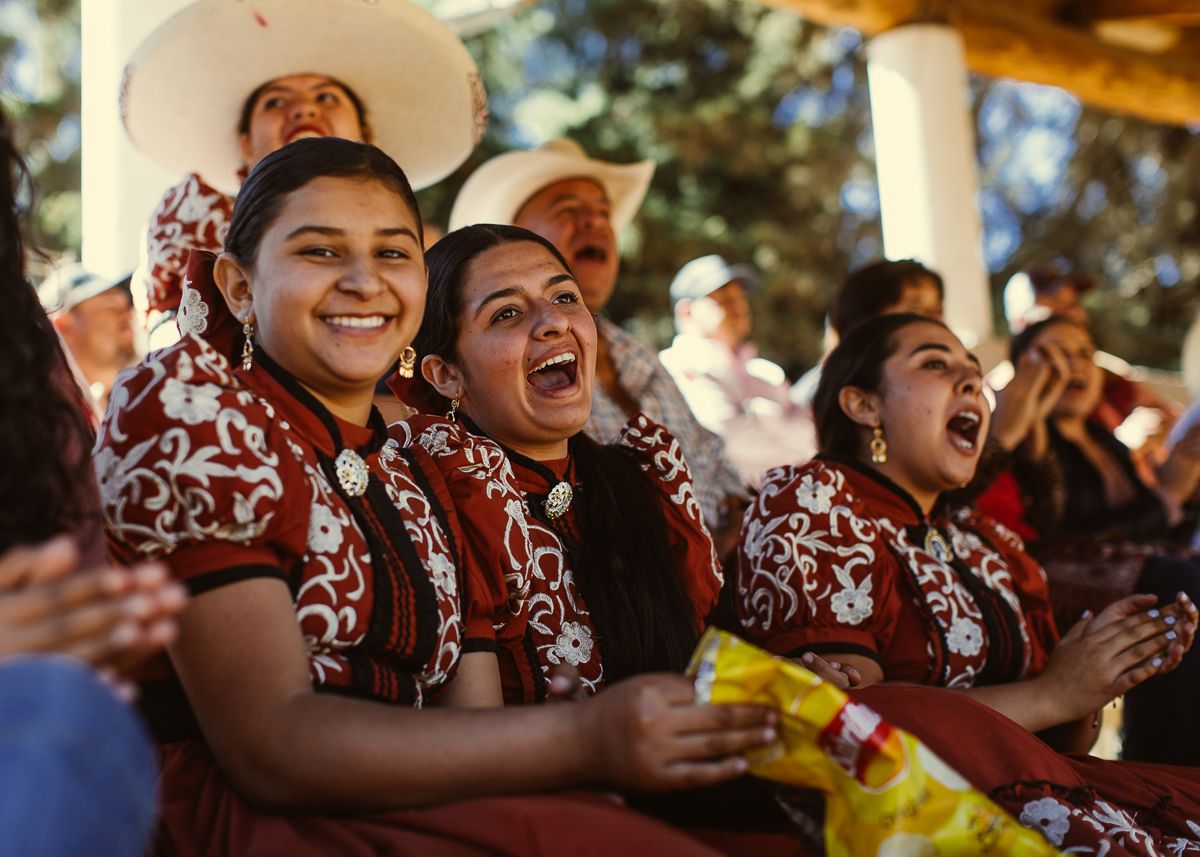
From ‘Charro’ © Steve Howse
CB: Are the people in this project characters or figures in the scene, or are some people individuals who you’ve built stories around?
SH: There are a few characters among the photographs that I followed over the years and decided to build a narrative around. Aside from that, everyone has an involvement from one degree or another. These scenes, by their nature, are picturesque scenes: I focus largely on their composition. Sometimes I rely on figures coming into a scene at a particular moment. Often I will wait in a scene that I like compositionally for a figure to walk across the frame where I feel the image requires it. In that sense, there is a spectrum of involvement for the figures in my images, though all are important.
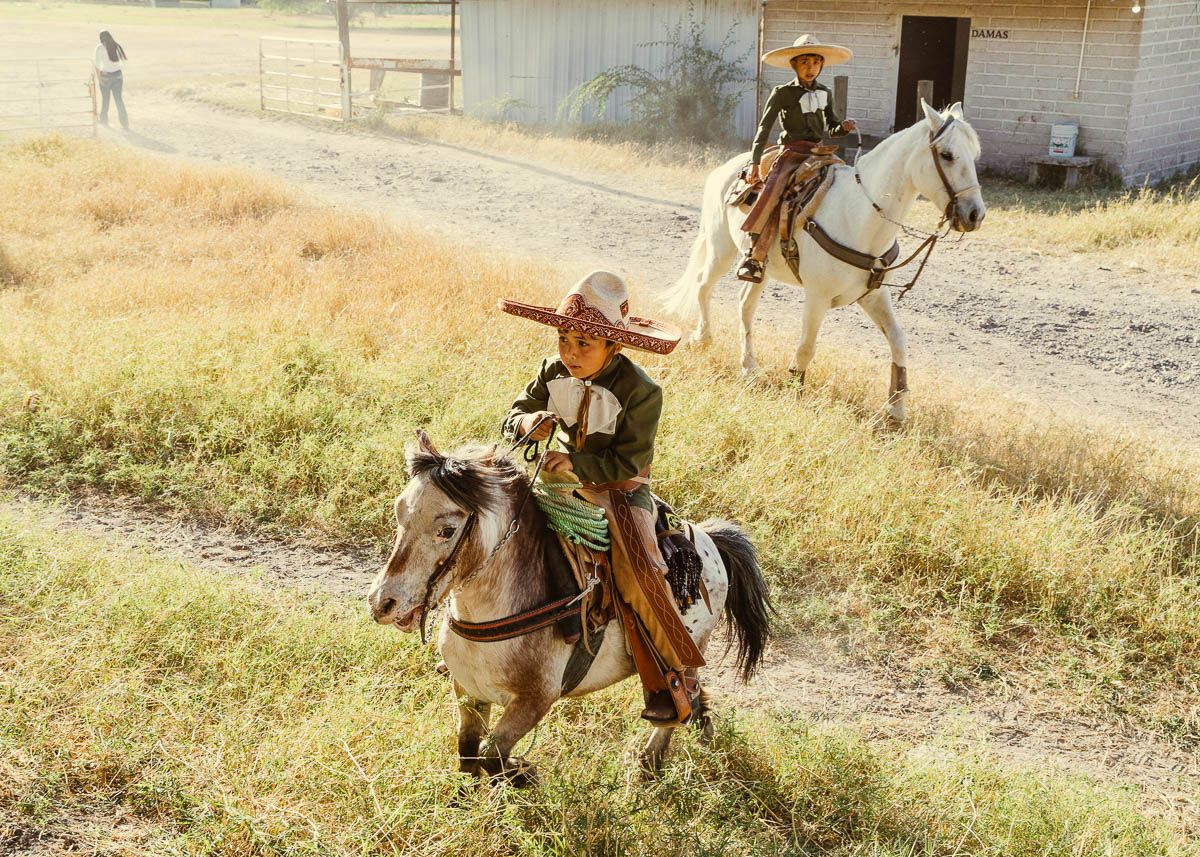
From ‘Charro’ © Steve Howse
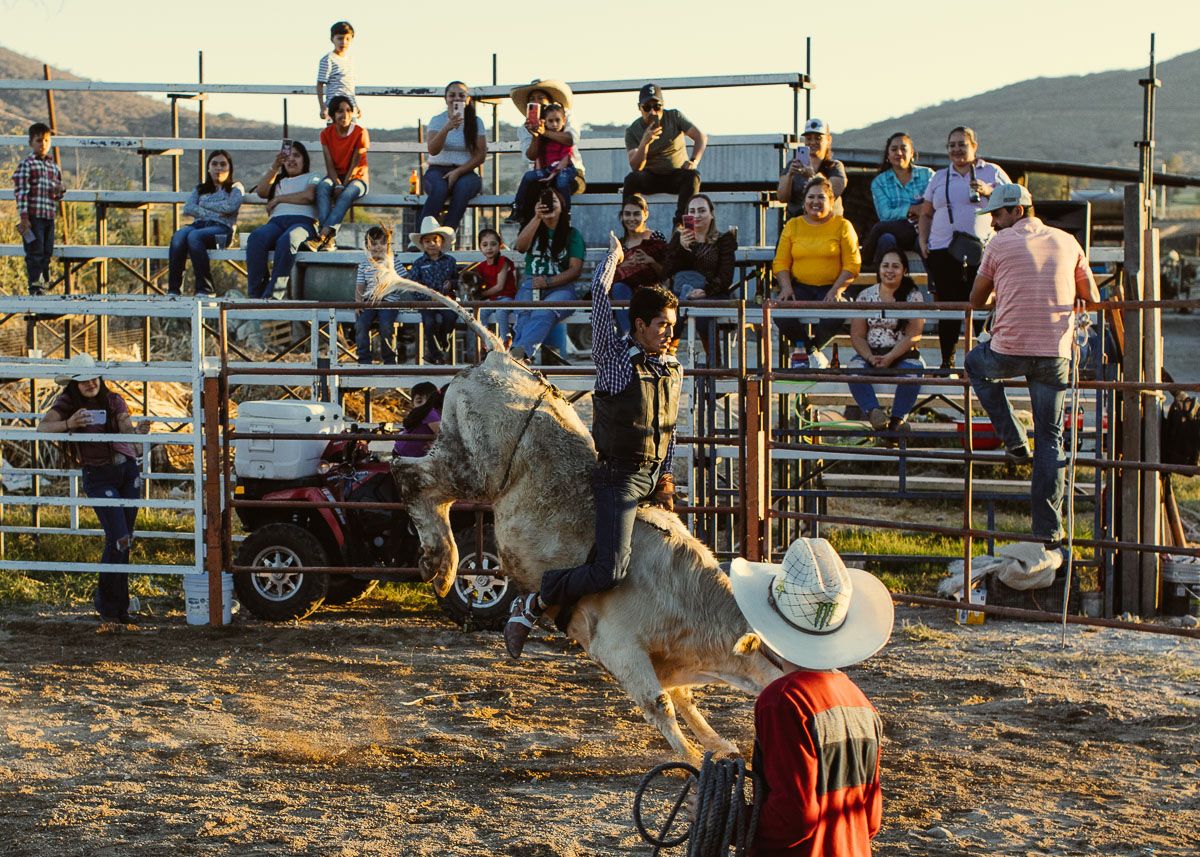
From ‘Charro’ © Steve Howse
CB: Do you cite anyone specifically who has influenced your work, or this project specifically? And how do they ‘inform’ your own creative process?
SH: I’m inspired by art through the ages. I studied art history in college. During my studies, I was introduced to the concept of chiaroscuro and the masters like Caravaggio and Raphael. I always prefer a single light source, if possible, rather than a flatly lit image. In terms of photographers that I admire, I really love the work of Philip-Lorca diCorcia. He photographed people in a way I’d never seen before. His are timeless photographs that portray folks in their realness, and I also like his use of light. The photographer that inspired the latter stages of my Charro project was Jane Hilton and her project “Dead Eagle Trail.” Her project is about the American Cowboy, but showing them away from the drama and at home in their quieter moments along with epic landscapes.
With Jane Hilton, mine was a very conscious decision to try to emulate her approach in some way, but to add my own take on it, because I was photographing a different community, in a different country, with very different light and landscapes.
CB: If you could give one piece of advice to your younger self, at the start of your career, what would it be?
SH: Keep your edit tight! Less is often more. When I was getting started, everyone was always telling me to develop a style and it always really confused me. My advice would be: be patient with yourself while your style develops. Consume photography in all its forms and stay inspired about it, but keep shooting until your style develops.
::
Steve Howse is a photographer based in London. He has been working on long-term projects focusing on the Mexican Charro, and the fishermen of Dungeness on the South Coast of England. To see more of his work, see his website (under construction as of August 2023): stevestills.com or his Instagram: @stevestills
Location: Online Type: Featured Photographer, Interview
Events by Location
Post Categories
Tags
- Abstract
- Alternative process
- Architecture
- Artist Talk
- artistic residency
- Biennial
- Black and White
- Book Fair
- Car culture
- Charity
- Childhood
- Children
- Cities
- Collaboration
- Community
- Cyanotype
- Documentary
- Environment
- Event
- Exhibition
- Faith
- Family
- Fashion
- Festival
- Film Review
- Food
- Friendship
- FStop20th
- Gender
- Gun Culture
- Habitat
- Hom
- home
- journal
- Landscapes
- Lecture
- Love
- Masculinity
- Mental Health
- Migration
- Museums
- Music
- Nature
- Night
- nuclear
- p
- photographic residency
- Photomontage
- Plants
- Podcast
- Portraits
- Prairies
- Religion
- River
- Still Life
- Street Photography
- Tourism
- UFO
- Water
- Zine

Leave a Reply